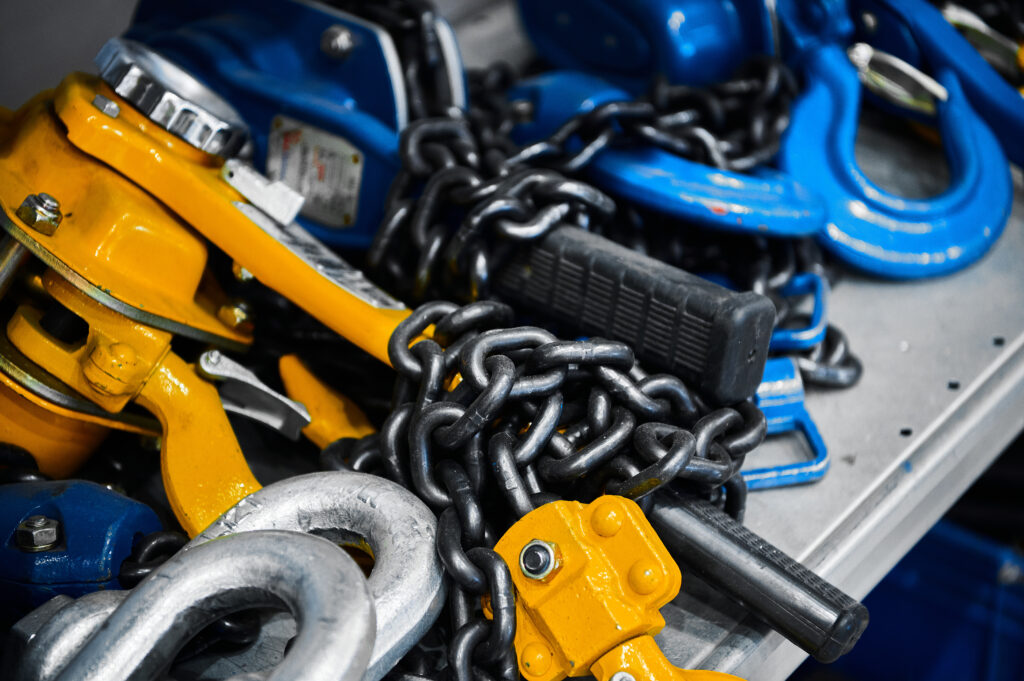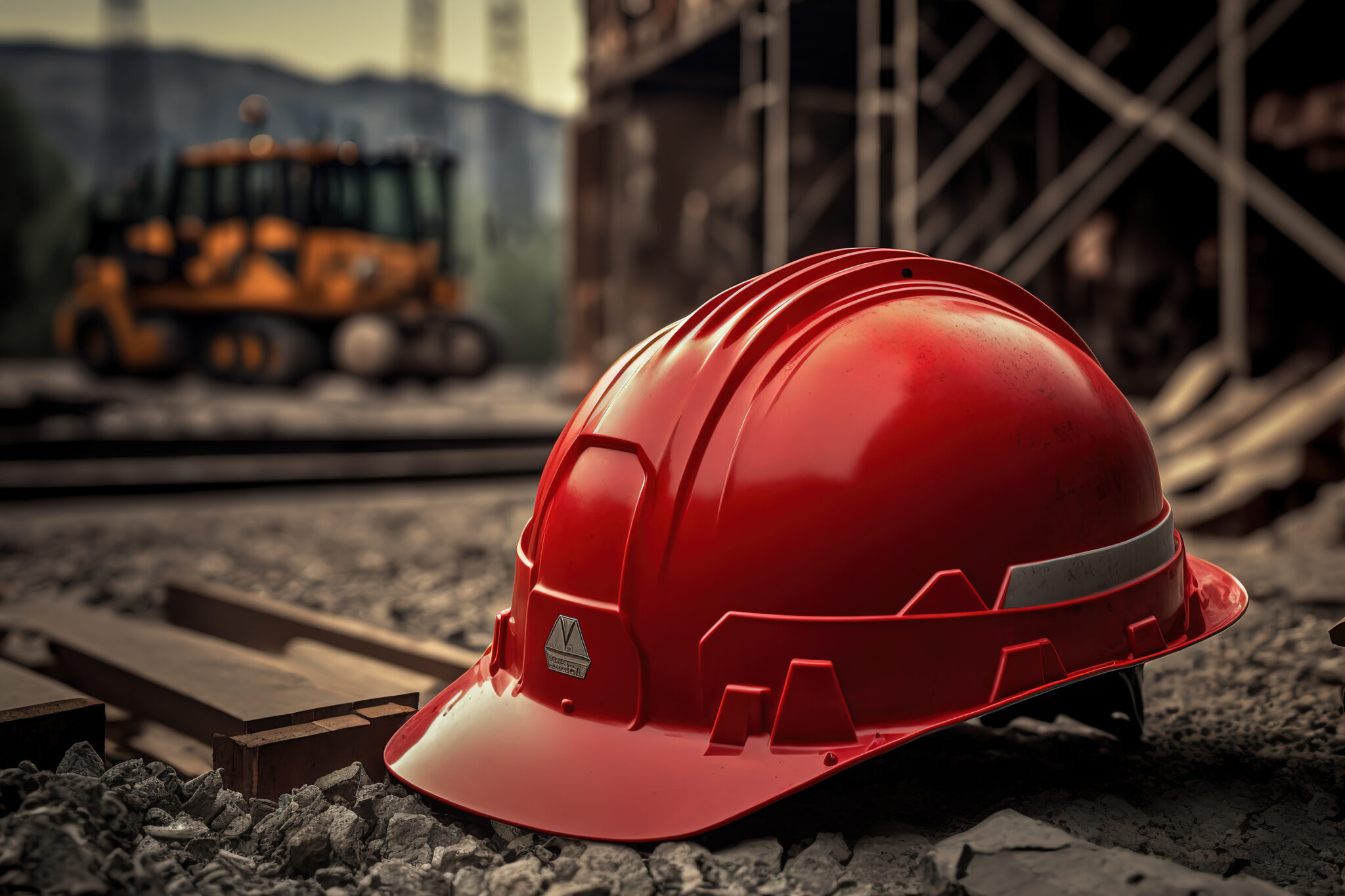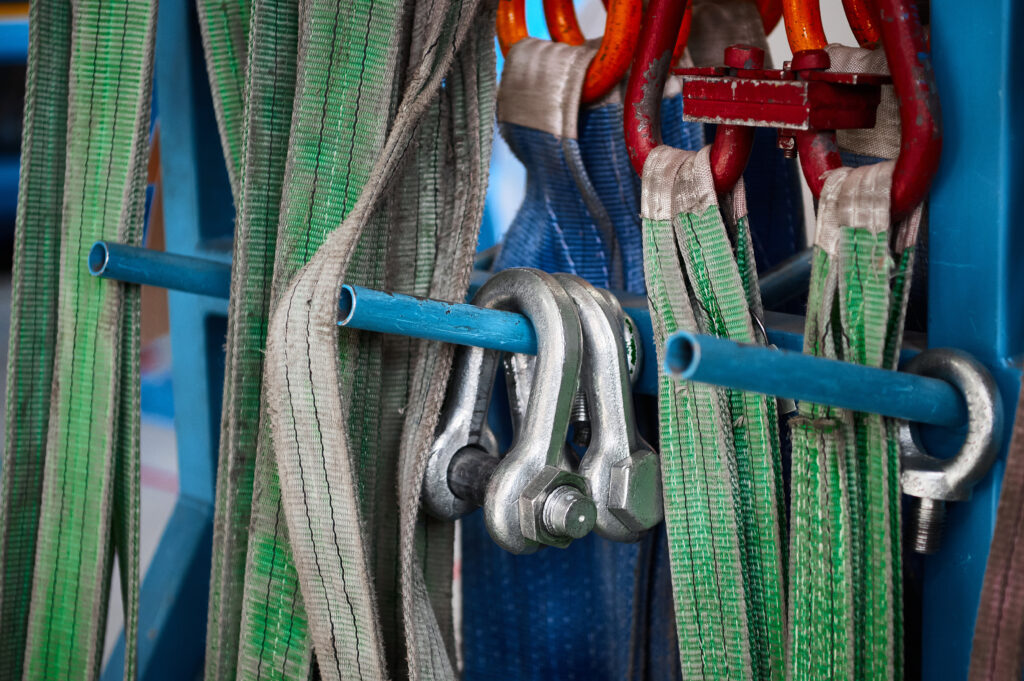How to Rig for Success in the Construction Industry
How to Rig for Success in the Construction Industry
When it comes to the construction industry, rigging is a critical part of the job. In order to ensure the safe and efficient completion of projects, understanding the fundamentals of rigging is essential for success in the construction industry. This blog post will provide an overview of the basics of rigging, including the different types of equipment used, the importance of safety, and tips for successful rigging. With the right knowledge and tools, construction professionals can rig for success on their projects.
What is rigging?
Rigging is a term used in the construction industry to refer to the process of setting up and using ropes, chains, and other materials to lift, move, or secure heavy objects. Rigging is an important part of construction projects because it allows for the safe and efficient movement of heavy materials. When done correctly, rigging minimizes the risk of accidents and injuries. Proper safety protocols must be followed when rigging to ensure that workers are protected from any potential hazards.
When it comes to rigging, safety is key. It is important for workers to be aware of the risks associated with rigging and take the necessary precautions to keep themselves safe. This includes wearing appropriate clothing, using proper equipment, and being aware of their surroundings. Additionally, workers should always adhere to all relevant regulations and guidelines when performing rigging tasks.
Rigging is also an essential part of any successful construction project. Without proper rigging, large and heavy objects could be damaged or even cause an accident on the job site. Experienced riggers know how to safely maneuver and secure materials so they can be moved efficiently and safely. In addition, they are knowledgeable in the different types of rigging available and which methods are best suited for particular tasks.
The importance of safety
Rigging is a key part of many construction projects and is essential to ensure the safety of the workers. It involves connecting different items, such as cables and cranes, to move and support large objects or loads. In order to ensure the safety of everyone on a construction site, it’s important to pay special attention to the rigging process.
The most important factor in rigging is making sure all equipment is correctly set up. This means double-checking that all cables are properly connected and secured, and that the load is balanced and secure. Additionally, it’s important to make sure any excess slack is taken out so that it doesn’t cause any accidents due to excess movement.
In addition to the importance of using the correct equipment and ensuring it is properly set up, it’s also important for all workers involved in rigging to receive proper training and know the safety regulations associated with rigging operations.
By understanding and following these regulations, workers can help ensure the safety of everyone on the site. It’s also important for workers to wear the proper personal protective equipment (PPE) when rigging and make sure that it is in good condition. This can help prevent any injuries in case something goes wrong.
Finally, it’s essential to have a plan in place in case of an emergency. Knowing how to safely remove a load if needed and ensuring there are emergency contacts available can go a long way in preventing any potential accidents. By following these safety measures, everyone on a construction site can work safely and avoid any accidents or injuries while rigging.

The types of rigging
Rigging is a critical part of many construction projects, so it’s important to understand the different types available. Rigging refers to the practice of assembling and disassembling heavy loads for transportation or hoisting them into position on a construction site. There are a variety of different types of rigging that can be used in the construction industry, depending on the project.
One of the most common types of rigging is crane rigging, which involves using a crane to lift heavy objects into place. This type of rigging requires the use of slings, shackles, and other devices to secure and control the load during transportation. Other types of rigging include derrick rigs, which are used to move large pieces of equipment or materials up and down a vertical structure; hoist rigs, which are used to raise and lower loads; and block and tackle rigs, which involve the use of pulleys to move heavy objects horizontally.
Another popular type of rigging is scaffolding rigging, which involves setting up temporary scaffolding to provide support and access for working on high structures or structures with limited access. Finally, shoring rigs are used for excavation work and require the placement of beams and other components to support walls and excavations during construction.
Regardless of the type of rigging needed, safety should always be a top priority. Knowing which type of rigging to use for each situation can help ensure that construction projects run smoothly and safely.
It’s also important to remember that all rigging should be done by trained professionals with the proper equipment.
How to become a rigger
If you’re interested in working in the construction industry and have a knack for engineering, then you should consider becoming a rigger. Rigging is an important skill in the construction industry, as it allows workers to safely move, support, and assemble heavy materials. There are a variety of certifications and qualifications that are necessary to become a rigger, including safety training and experience.
First, you’ll need to obtain safety certification. This will demonstrate to potential employers that you understand the importance of safety and can handle the associated risks of rigging. You may also need to pass a physical examination, so make sure you keep your health up to standard.
Next, you’ll need to gain some experience. Many rigging companies offer internships or apprenticeships where you can learn the basics of rigging from experienced professionals. These internships are a great way to learn the ropes and get some hands-on experience before entering the field.
Once you have some experience under your belt, you’ll be able to apply for rigging jobs in your area. Before applying, make sure to research any requirements for the job, such as specific skills or certifications. If you don’t have all of the necessary qualifications, consider taking additional classes or workshops to improve your skillset.
Finally, consider working with a reputable rigging company such as Hercules SLR. With more than 30 years of experience in the industry, we offer training and support to aspiring riggers. Through our comprehensive learning program, beginners can gain valuable knowledge of rigging while working alongside experienced professionals. By taking the time to understand the ins and outs of rigging, you can become a successful rigger and make your mark on the construction industry.
Make sure to take advantage of available resources and stay dedicated to your craft. With the right tools and training, you can easily become a skilled rigger and make a difference in the construction world.
——————————————————————————————————————————————
The Hercules Group of Companies encompasses a wide portfolio of products and services across 7 diverse companies.


